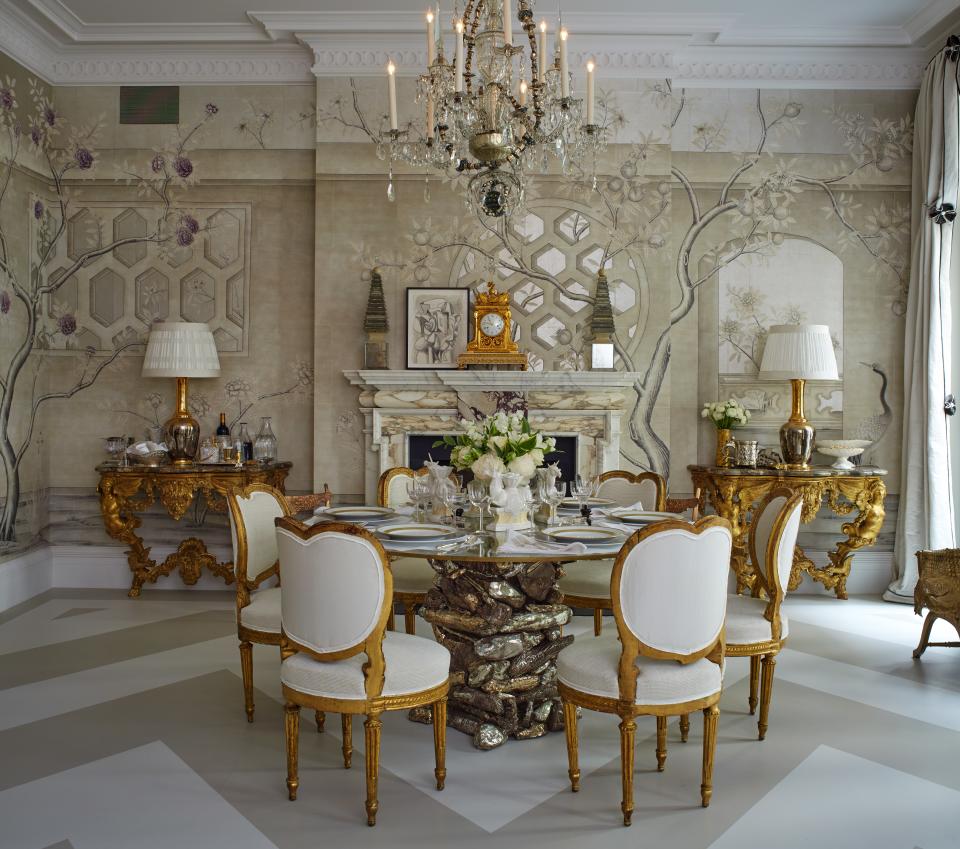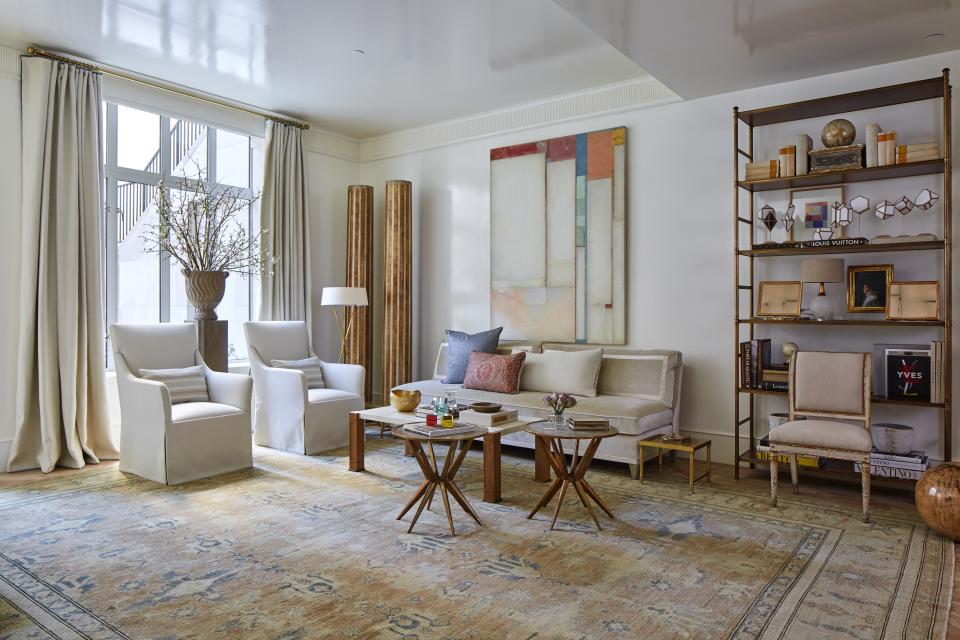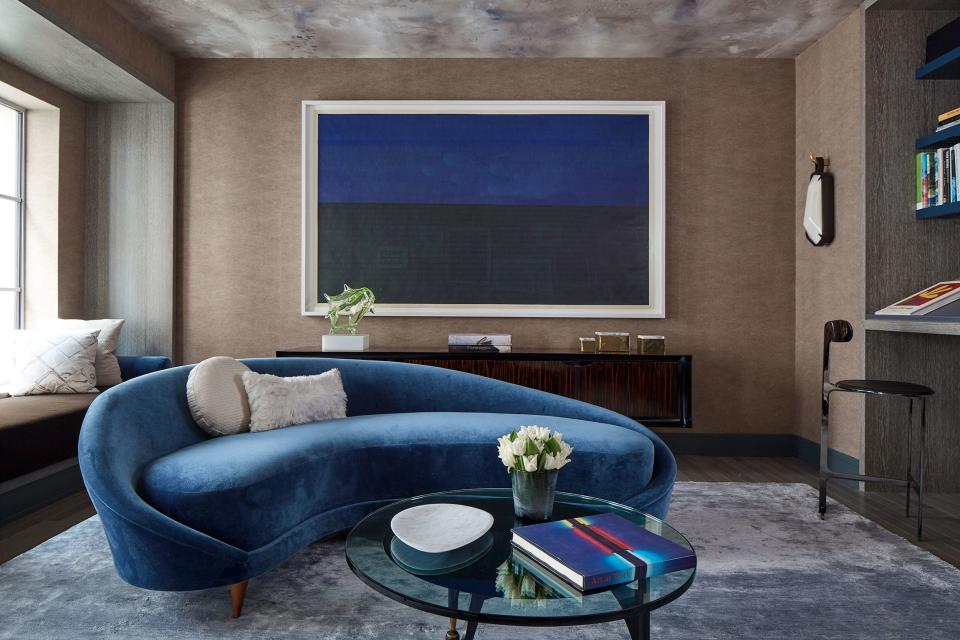The Secrets to Perfect Show House Participation
By Tim McKeough. Photos by: Phillip Ennis.
Participating in a decorator show house comes with plenty of perks—raising funds for charity, gaining recognition, and attracting new clients chief among them. “It’s extraordinary exposure,” says interior designer Bunny Williams, chair of the storied Kips Bay Decorator Show House in New York. “When you look at the history of Kips Bay, it has really launched the careers of many designers.”
There is also the freedom to push design ideas to the extreme. “Show houses are definitely a place to go bigger and bolder,” says Harry Heissmann, an interior designer who has participated in numerous events in New York and the Hamptons. “They’re hotbeds of ideas, and you can flex your design muscle and maybe do something you wouldn’t necessarily do for a client.”
However, don’t be fooled by the polished sense of calm you see as a visitor on opening night: Pulling together a room for a show house comes with a unique set of challenges. “It’s definitely fraught with a lot of anxiety and tension, even though it’s among the best experiences I’ve ever had,” says interior designer Eve Robinson, who has participated in Kips Bay seven times. That stress comes from a number of different factors, she says, including tight deadlines, unexpected costs, and the fact that there is no possibility for extensions when things go wrong.
A room for a show house must typically be completed in less than two months, from initial design to final installation, which means it’s usually not practical to use many custom pieces. “Long-lead items are simply not an option,” says Robinson. “You need to choose furniture, fabrics, and other things that are all readily available.”
Participating in a show house can also be expensive. Even though it’s often possible to borrow furniture from vendors and find sponsors for fabric and wallpaper, there will always be costs for services such as shipping and installation, which designers must pay. “It’s an investment,” says Robinson.
To cut down on expenses, Williams recommends searching out emerging artisans who might be willing to collaborate largely for the exposure. “If you want to do a decorative mural or some wonderful paint finish, try to find artisans who want to get their work out there,” she says. “Maybe they’ll do it for some nominal amount, or even for free.”
When installing the room, flexibility is key. “You have to be prepared to troubleshoot,” says interior designer Iris Dankner, the founder of the Holiday House show house in New York and the Hamptons, which is expanding with a London location this September. “Sometimes you’ll start installing and see that the chandelier you’ve selected is already being used by another designer, so you have to change it. Or, one time one of our designers had her cabinetry stuck in customs, so she had to change her whole design.”
How do show houses select designers? Even top events like Kips Bay and Holiday House are wide open to new talent because they want to cultivate a vibrant mix of established and emerging designers. Like most show houses, they ask designers to submit portfolios for consideration, which get examined by committee. “We look at the work, the firm’s social media following, and whether they have the financial means to do it,” says Dankner.
Once a room is complete and open to the public, a designer can make the most of the experience by being present in the room, or having an employee attend, as often as possible. “The more the designer can spend time in the show house meeting people, the better it will be for them,” says Williams, who also recommends having business cards and other printed material on hand. “I used to put all my sources on a sheet for people to take, and those would always go quickly.”
Finally, says Heissmann, “get the best possible photos taken of your space that you can afford, and make sure you have the rights to share them,” so they can be added to your portfolio, shared on Instagram, and distributed to publications.
“Hopefully, it’s one of the best things you’ve ever done,” notes Williams, “and then you can get it out to the public yourself.”
This story originally appeared on Architectural Digest.
More from Architectural Digest:
Inside Jennifer Aniston's Gorgeous Beverly Hills Home
Gisele Bündchen and Tom Brady's Incredible L.A. Mansion
Inside Khloe and Kourtney Kardashian's California Dream Homes



